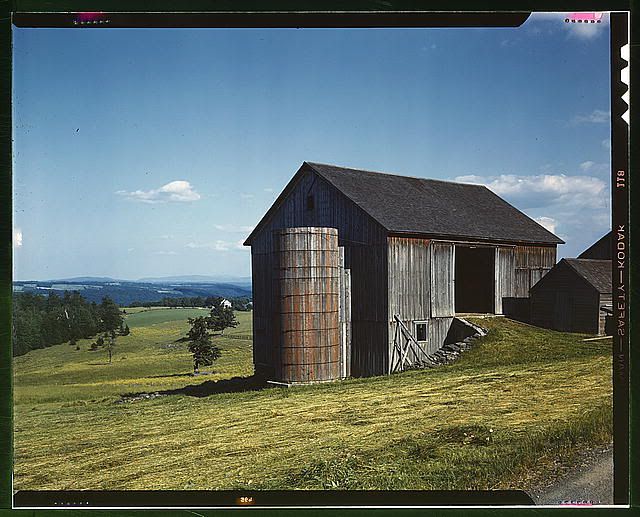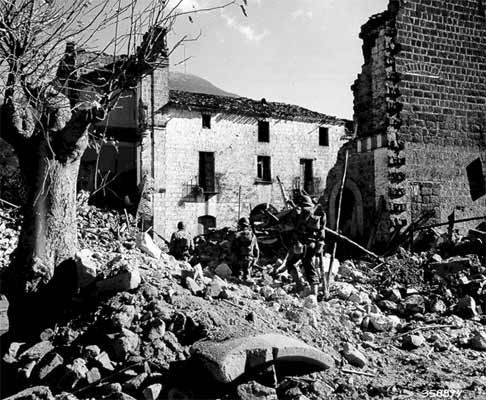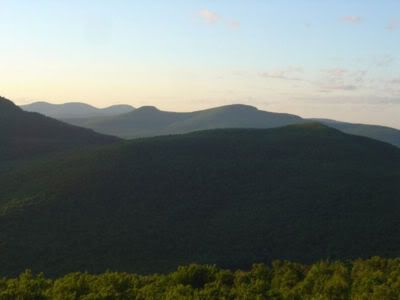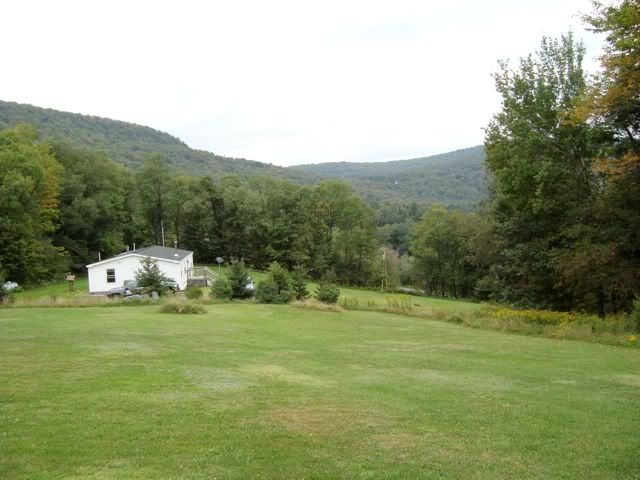Who would argue with a person proclaiming World War II to be an incredible worldwide event? Obviously with its complete historical significance and brutality, World War II will stand for centuries as one of the greatest wars in mankind’s history. The war spread over several continents and millions of people were killed, so it’s safe to say the war had an impact and likely changed every human’s life at the time and since. Strangely enough, there were still places in the world where, even in some of the worst days of the war, pictures like the one below could be taken that show none of the mass murdering, brutality, killing or even hardship.

In fact, photos like this can purely describe a “simpler place, in a not so simple time.” Surely folks that lived in this rural area in upper New York were concerned for the welfare of their country as much as anyone else, though they may not have felt any imminent danger in the midst of their country lifestyle. There are many questions left unanswered as well. The owners of this farm may have had a child that was debating whether to enlist in the military or work in the family business. The father and his family may be trying to figure out how to survive on their rationed meals. Yet as terrible as all of this sounds, there may have been no issues at all. The family may be too far away from any civilization and hardly be able to follow the war except for weekly or monthly trips into town.
It would have been easy to say a picture like the one below was taken in the midst of great turmoil and catastrophic events.

With soldiers marching through the ruble-strewn streets of Italy wondering whether or not they’ll ever see their family, belongs or another game at Yankee Stadium ever again, surely it can be agreed their lives were much more distressed than that of the farmer. At the same time, does that in turn mean that the farmer’s life is not complicated? Most definitely, the comparison is a matter of perception. The farmer himself may say he has an easy life, and the soldier may imply he is simply doing his job, but in truth, American civilians often had quite the set of complexities thrown at them during the late 1930s and early ‘40s. Granted on a smaller and more intrinsic scale, the civilians faced food rations, lack of convenience they enjoyed before the war, increased pressure from the government in both propaganda and factory work to sustain a military, and in the case of the farmer, maybe not being able to cater to everything he needs for his farm because the materials may be being used for other things to benefit the war effort.
Finally, by understanding the farmer’s predicament as more than a similar type we see today, we can understand that the barn in the first picture may be seeing beautiful, serene landscape, but by standing during this time period, the best description is most definitely “a simpler place in a not so simple time.”

